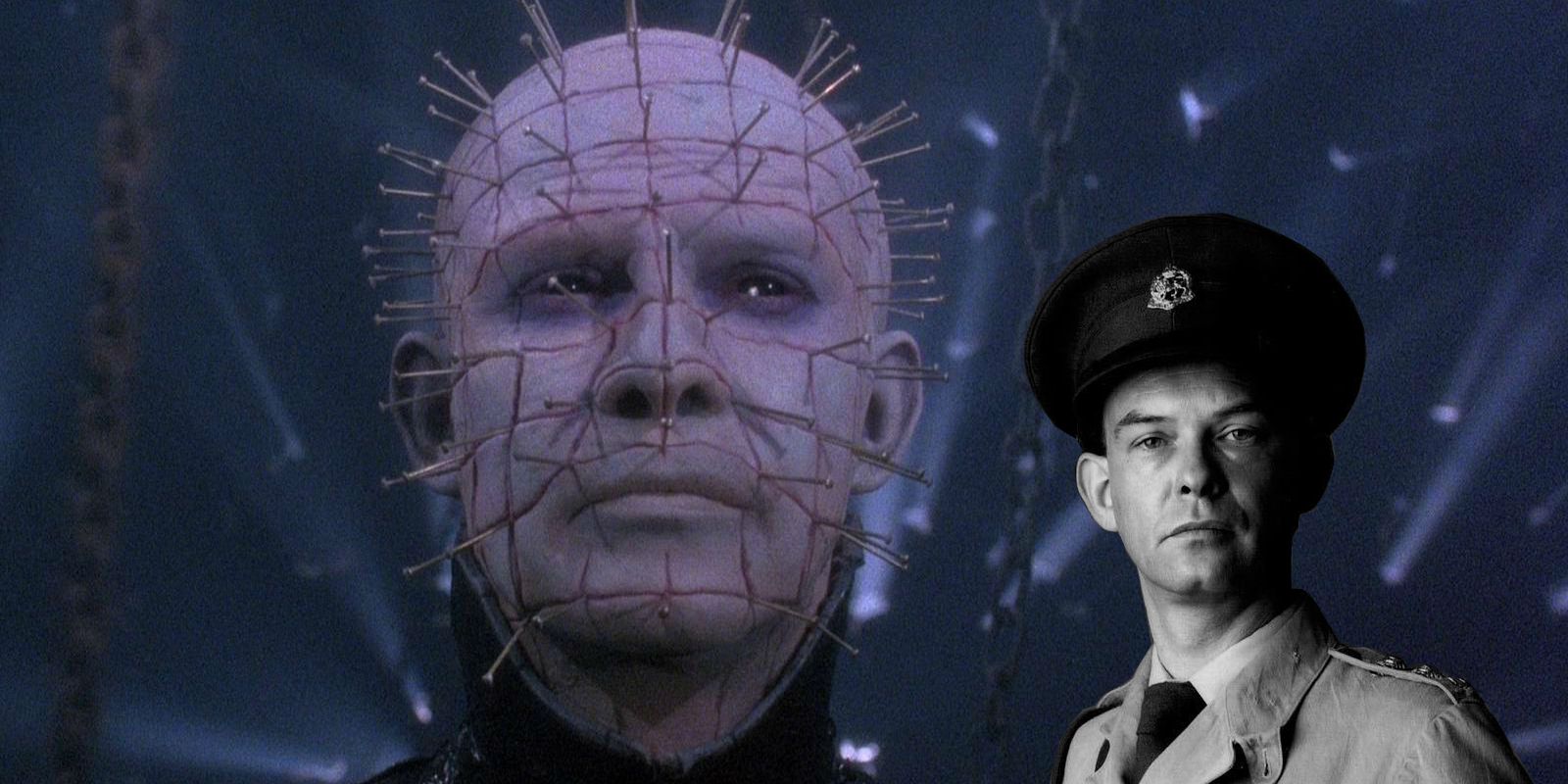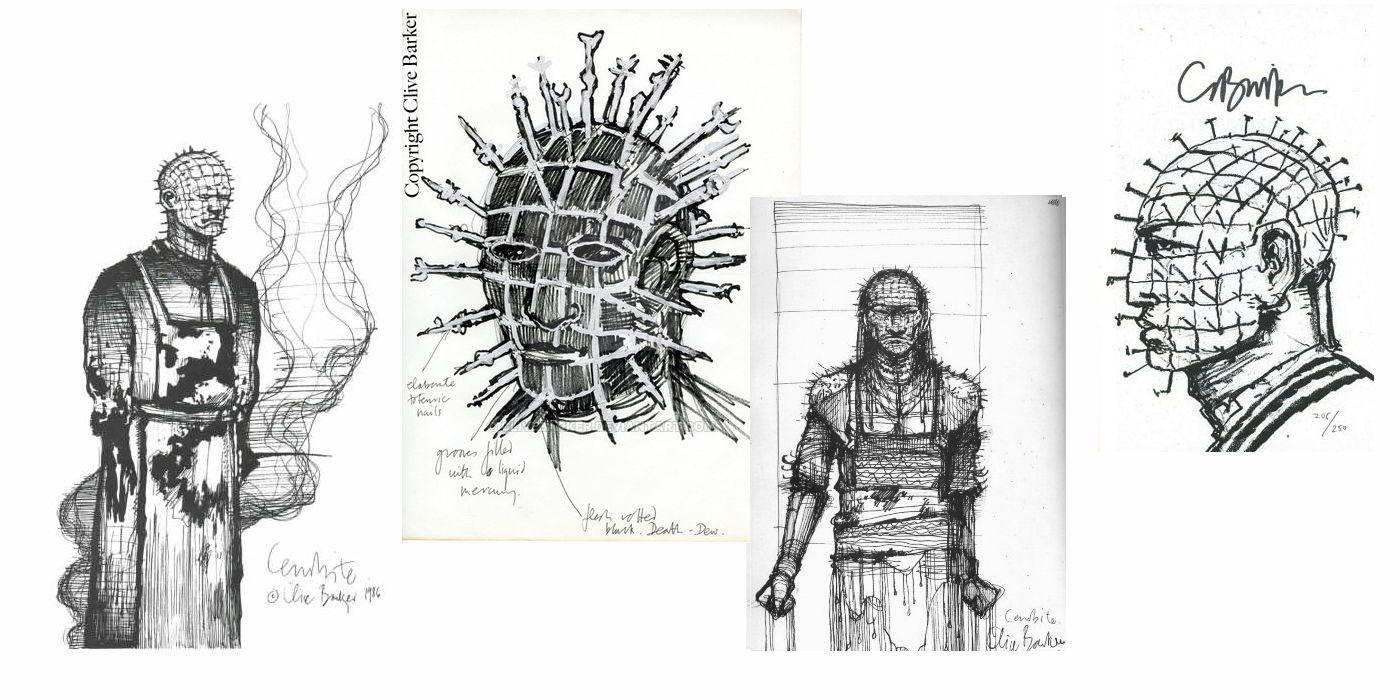Pinhead from Hellraiser is one of the most iconic horror villains of all time; his creator, Clive Barker, took inspiration for his design from all over the world to create his instantly recognizable features.
When Hellraiser was released in 1987, it changed the face of horror and introduced a new kind of horror villain. Pinhead is intelligent and articulate, somewhat reminiscent of Count Dracula. This is a departure from other horror antagonists who became famous in the 1980s; the others are either silent killers like Michael Myers in Halloween or glib and cheesy like Freddy Krueger in A Nightmare on Elm Street. Hellraiser brought audiences a more dignified villain, one who was once human and now lives in a state of perpetual mourning for his past, where neither pain nor pleasure can touch him.
Pinhead is a cenobite that presides over an extradimensional realm called The Labyrinth, which in later films becomes known as "Hell." He is one of the leaders of the cenobites, an entity devoted to the practice of pleasure and pain, mostly taking the form of sadomasochistic torture. He and other cenobites are summoned when someone on Earth opens a puzzle box known as the Lament Configuration. Although he is only a small part of the first Hellraiser film, he captivated audiences not only because of Doug Bradley's brilliant performance as Pinhead but also because of his striking appearance involving geometric scarification and jeweled nails protruding from his skull and face. However, the design concept went through several iterations before becoming the visually iconic Pinhead seen today.
Hellraiser: Pinhead's Inspiration And Design
When Clive Barker was designing the cenobites, he originally took inspiration from African fetish sculptures, especially when it came to Pinhead's appearance. He also drew from his experience visiting S&M clubs from different parts of the world, including in Amsterdam and New York, as well as punk fashion and Catholicism. Although today the word cenobite is often synonymous with Barker's creations, the word itself simply refers to a priest or religious leader.
Originally, Pinhead was simply one of several of these "religious " leaders, or cenobites, that came out of a collaboration between Barker and the design team from the first Hellraiser movie. However, after the team had completed the design of all of the cenobites, the pinheaded one was the clear standout and became the leader. During development, Barker called the cenobites "hell priests", and told the design team to make costumes for four or five "super-butchers".
Before this, Clive Barker claims that an earlier incarnation of Pinhead appeared in his 1973 play, Hunters in the Snow, as an undead inquisitor and torturer. Also, the pin design was inspired by a prop he used in an early short film to create a particular shadow effect. Barker wanted to recreate this effect with Pinhead, the pins distorting the shadows around his head. In fact, it was because of this effect that the design team starting calling the "lead cenobite" Pinhead, a name that stuck, despite how much Barker disliked it, feeling it had a derogatory connotation that did not fit the intelligent nobility of the character. Nevertheless, Pinhead remains the defining character of the Hellraiser franchise, including movie reboot and even an upcoming HBO series.


